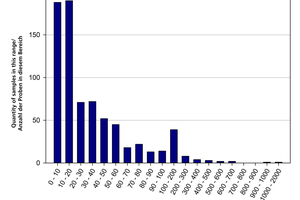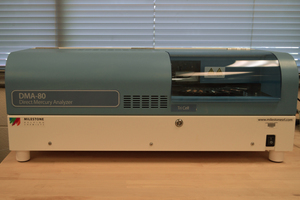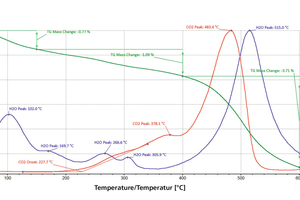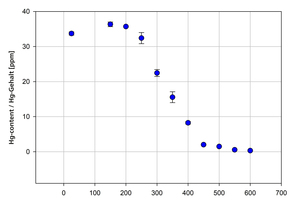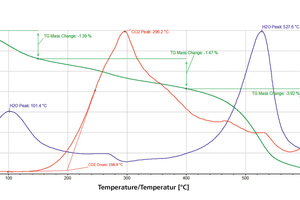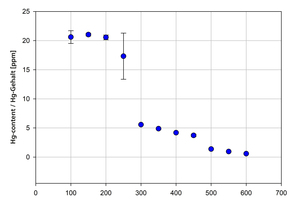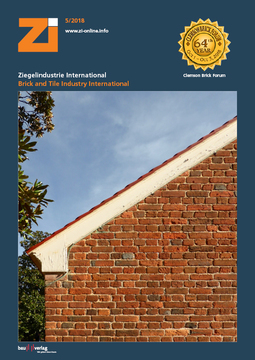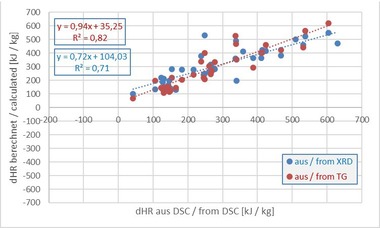Mercury emissions from US brickmaking materials
Mercury is a neurotoxin and has several other negative health effects. Two of the larger emitters of mercury are coal-fired power plants and cement kilns. Since mercury emissions from these industries have been largely regulated in the United States, the US EPA (Environmental Protection Agency) has turned its attention to minor emission sources like the manufacturing of clay brick. Currently, the USEPA is gathering information about potential mercury emissions from brick kilns and the mercury content of raw materials that will be used to develop future regulations if necessary. Mercury is present in ultra-trace levels in most of the materials used to make brick. While most of the mercury that is present in raw materials is emitted in the kiln, the total amount of emission from the brick industry is very small.
1 Sources of mercury
Mercury is widely distributed in the earth’s crust in ultra-trace amounts. Based on our research, the average mercury concentration in most clays and shales is around 45 parts per billion (ppb). Over 1 000 different raw material samples from around the United States have been evaluated in our study. The measured concentration agrees well with findings from several other studies [2, 6]. For reference, one part per billion is equivalent to one nanogram in a gram (ng/g) or one microgram in a kilogram (µg/kg). Some summary information about mercury concentration is shown in »Ta...

